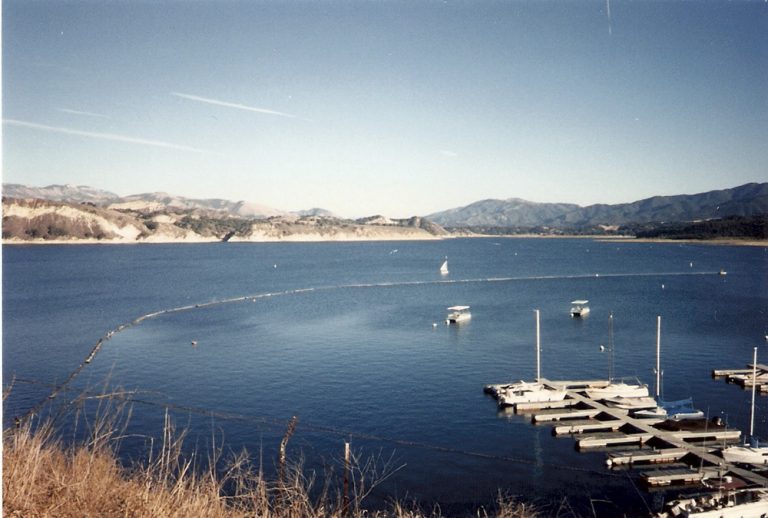
Nadean Hurtado
Staff Writer
Notice that the tap water has been a strange color for the past few months? The Goleta Water District switched from Lake Cachuma reservoir water to groundwater due to the lack of rain, as Lake Cachuma doesn’t have enough water to fulfill the needs of the people in Santa Barbara County.
Normally the reservoir “provides about 85 percent of the water for the 250,000 residents and 12,000 acres of agriculture along the South Coast of Santa Barbara County,” according to the water district. However, the last five years and the absence of sufficient rainfall have led to low reservoir levels. By the end of last summer, Lake Cachuma went down to roughly seven percent capacity.
This drought has caused a dependency on groundwater. Any new rain the lake acquires will be stored up in order to make up for these losses. In addition, water will be distributed to the groundwater wells in order to keep them from being negatively affected by overuse.
The Goleta Water District has declared that residents are living in Stage III drought restrictions. These mandatory restrictions include limiting irrigation to two days a week and no watering of outdoor plants within two days of a rainfall. Among other restrictions, restaurants are not able to serve their patrons water unless specifically asked.
The recent rain of December and January so far has brought water levels back up to nine percent capacity as of Jan. 13, but a lot more is needed in order to start using the lake again. The area is still in Stage III of drought, as the two percent increase with this season’s rain is relatively small compared to the depletion of the last few years. Further water restrictions have not been eased, and everyone is encouraged to do their part. The district has started to use all seven of the available wells.
The strange color that some residents’ water turned is the result of an increase in iron and manganese from the groundwater, where it is prevalent. Groundwater has significantly more minerals than that of lake water.
The drought has not only caused the overuse of groundwater, as the district has decided to re-open the Charles E. Meyer Desalination Plant. Originally opened in 1992, it was put on standby after enough rain fell to return to primarily using the reservoir. Its operating costs are about $55 million to start up again. The county’s loan will need to be paid back in about 20 years, and the water it provides is a constantly changing commodity.
This time, rather than shut the desalination plant down once the drought ends, the district has obtained permits allowing for the continual use of the plant. However, the district reported that it is unsure whether the desalination plant will be a part of our water use once reservoir levels have risen significantly.
It’s not all doom and gloom though, because “northern areas of the state [are] dealing with flood conditions and throwing open reservoir gates to release water.” According to the district, the water that we get to allocate from the state will increase. But we still can’t rely on the water from the lake being a constant source for all our needs, so the other methods are extremely important.










